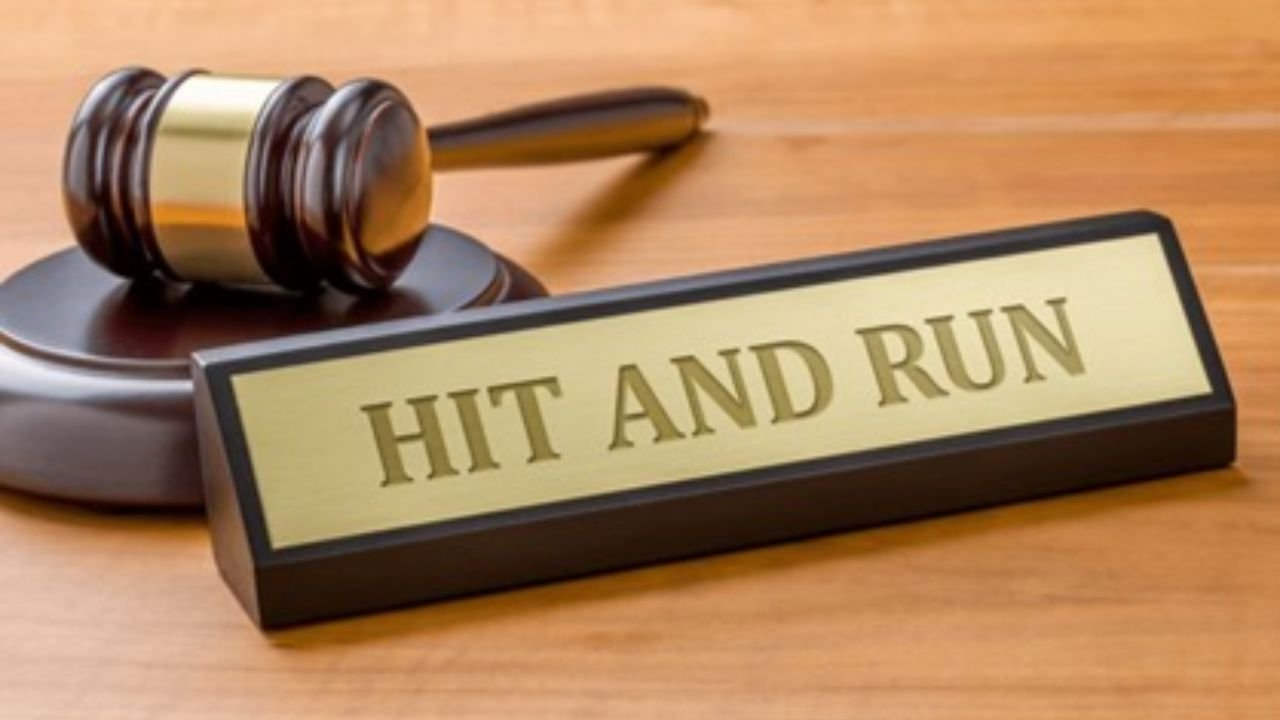Being the victim of a hit-and-run is one of the most infuriating things that can happen to a motorist. You’re not only suffering from emotional and physical difficulty, but now the responsible driver is gone, and it’s harder for you to get justice.
In such circumstances, compelling evidence is the heart and soul of any winning legal or insurance claim. The better and more well-documented your case, the more likely you will be able to hold the other party in your accident accountable, even if they left the scene.
Here’s a breakdown of the key types of evidence that can significantly strengthen your hit-and-run case.
1. Dashcam Footage
Dashcam evidence is typically the strongest evidence available in a hit and run. These cameras can record the collision itself, the direction in which the fleeing vehicle drove off, its make and model, and in some cases its license plate. This real-time footage will help eliminate any question of whether the contact was made or by whom.
In some cases, dashcam footage has directly led to the identification and arrest of the fleeing driver. This kind of evidence can be incredibly helpful in getting an investigation done faster, and a better result at the end.
It can also support the right to pursue compensation for your injuries by clearly establishing what happened and who was at fault.
2. Surveillance Camera Recordings
Not all hit-and-run cases have surveillance cameras as evidence, but if there are nearby businesses or homes or a traffic light, surveillance cameras can be very helpful. These outside recordings could show the angles your dashcam missed, like the car that comes up from behind or speeds off in the opposite direction.
If the footage is discovered in a timely fashion after the event, investigators can ask for it. This footage is particularly helpful if it shows intersections or crowded roadways where a lot of hit and runs occur.
When coupled with dashcam evidence, it helps to develop a stronger account of what happened.
3. Photos of Vehicle Damage and Accident Scene
Photographs of the scene taken soon after the collision can help retain vital visual information. With photos of the wreck of your car, road debris, skid marks, and everything around you, you can help to illustrate the story of what happened.
In addition, these photos can show the impact level, point of contact, and other physical evidence backing your case. Documenting the scene can also help investigators later match paint transfers or broken vehicle parts with the fleeing vehicle.
The better the quality of your photographs, the more helpful they will be in court or with insurance agencies.
4. Police Report
Filing a police report as soon as possible is not only legally required in many jurisdictions, but it’s also vital for your case. The report will generally contain your statement, eyewitness testimony, physical evidence, and the officer’s observations.
Police may also initiate an investigation to locate the hit-and-run driver. Insurance companies place great weight on official police reports for validating a claim, particularly when the other driver is unknown.
Without the record, there is no proof of a claim, and your claim can be denied or underpaid.
Conclusion
How you build a solid hit-and-run case really comes down to the kind and amount of evidence you can obtain. From dashcam video to medical records, each one is a jigsaw piece when it comes to proving what actually happened and making sure whoever was to blame cannot just vanish.
On top of that, hit-and-run accidents can be traumatizing and can feel hopeless, but the proper evidence can make all the difference for your case. By acting fast and saving as much proof as possible, you maximize your chances of doing just that and recovering the monetary damages you’re entitled to.
You May Also Read: Ashcroft Capital Lawsuit: Unverified Claims, Real Lessons for Savvy Investors

